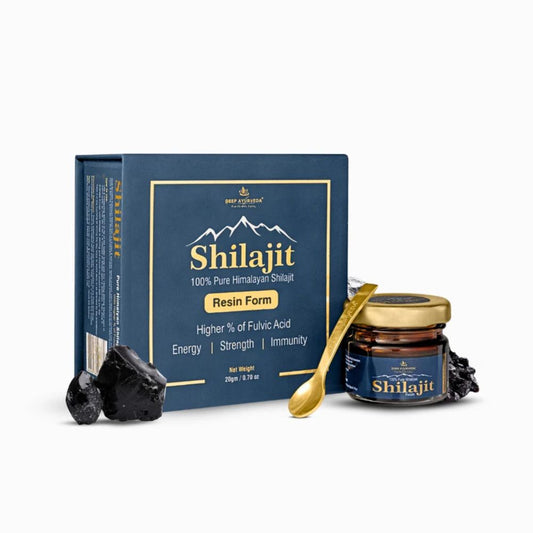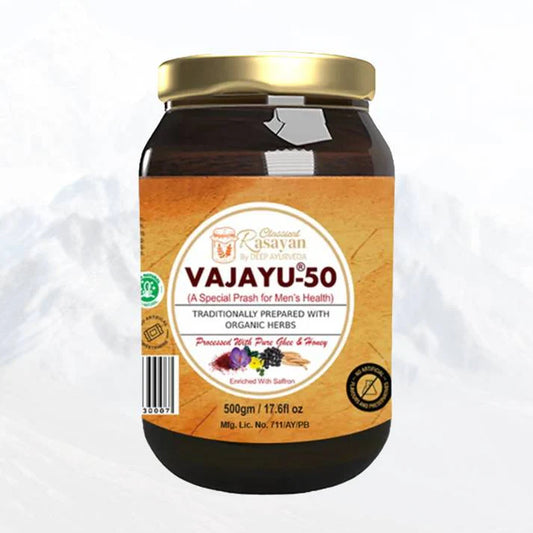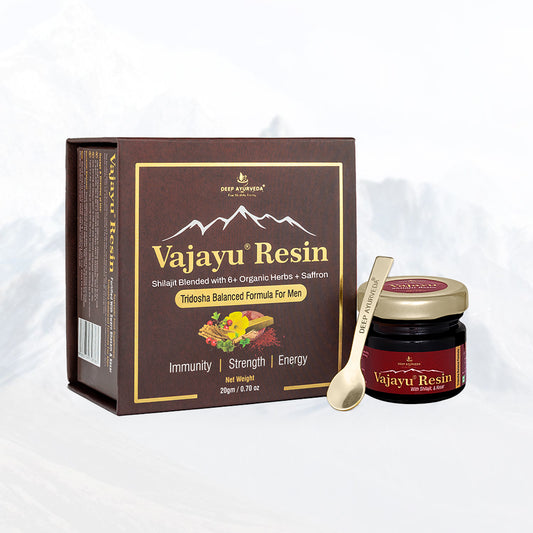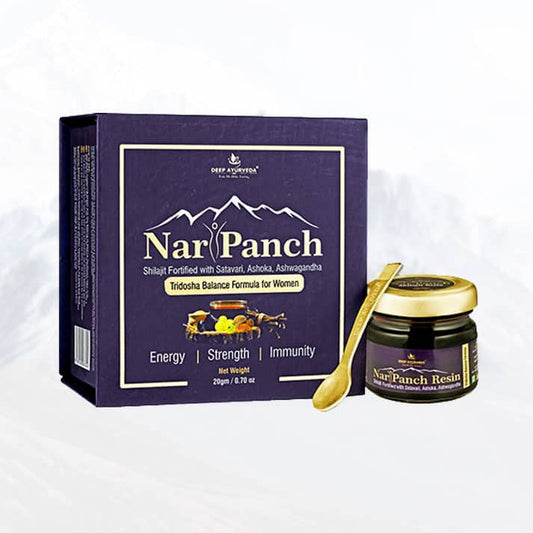What is Fibromyalgia?
Fibromyalgia is a condition that affects the muscles and has a slow progressive nature. It develops into a disease over time and is characterized by widespread musculoskeletal pain, exhaustion, and localized tenderness. According to Ayurveda, this disease's occurrence is caused by several variables, many of which are unknowable.
The disorder has evolved from merely muscular pain by the time the disease has advanced and many patients find it difficult to cope with the physical and emotional pain that comes with fibromyalgia. Initial signs of this kind of condition would be stiffness in the joints, prickling muscular pain, and movement restrictions. Constant pain can have an emotional toll as well.
Fibromyalgia has serious side effects, but the underlying cause of the condition is still unknown. There are a variety of potential symptoms of fibromyalgia
including:
- Physical injury,
- Genetics
- Infection, or
- Psychological Stress.
According to Ayurveda, the combination of the three doshas—Vata, pitta, and Kapha—allows the human body to survive.
Vata may be the dominant dosha in fibromyalgia, but it's also possible that a combination of all three doshas is to blame for the symptoms, which means all three must be balanced for a full recovery.
Several factors contribute to the development of fibromyalgia, but when considering the Ayurvedic concept, the primary dosha is Vata or Vaayu dosha as it is the factor that carries or displaces other doshas from their front-row positions and contributes to the development of illnesses.
For instance, the vata dosha, which is disrupted by chronic diseases, controls the brain's cognitive function and rational attitude. When this unstable vata moves through the body, it brings with it the pitta dosha, the digestive hero of our system, and the Kapha dosha, which provides immunity and friction. This causes a variety of unfavorable signs and symptoms.
What happens in Fibromyalgia?
Long-term consumption is associated with an unhealthy diet, a bad lifestyle, and little physical activity. Combining all of the previous circumstances results in an accumulation of doshas in the tissues and muscles, which decreases strength and is the main cause of growth disorders. This condition manifests as:
- Muscle stiffness,
- Mild to severe soreness,
- Painful movement, and
- Discomfort.
Ayurveda for Fibromyalgia can also be brought on by a poor lifestyle, a genetic predisposition, specific severe infections, incorrect exercise, or any physical activity that strains a specific area of the body.
The emergence of diseases is also brought on by severe mental stress brought on by traumatic events or life-altering events. Since the lower body bears the majority of the weight and is under a great deal of stress, fibromyalgia primarily affects this area. Fibromyalgia patients may also have DVT or agitation.
The complicated group of illnesses known as signs and symptoms of fibromyalgia is brought on by an imbalance in the Vata, pitta, and Kapha, each of which has a different function.
The traveling dosha known as vata is what causes discomfort, stiffness, irritability, unbalance, and emotional instability. The buildup that causes congestion, blockage, and obstruction in strotas is caused by the kapha dosha.
Pita dosha causes allergic rashes, ama dosha, gastrointestinal problems, and hyperactivity syndrome.
All of these contribute to the deterioration of the Mansa dhatu, the buildup of ama dosha, and an increase in toxicity. Combining therapy and medicine is how the Ayurvedic method of treating fibromyalgia works. Toxins are eliminated from the body through a variety of techniques that will be covered in more detail with the notion of shamana and shodhana.
Treatment Tips For Fibromyalgia
According to Ayurveda, the first step in the natural treatment of fibromyalgia is cleansing, detoxification, or reducing elevated dosha levels by langhan (fasting) and paachan. By eliminating toxins that have accumulated in the body, fasting frees up space in the gut and promotes the growth of healthy flora. At the same time, paachan ayurvedic herbs help to digest all of the ama doshas in the gut, facilitating its elimination from the body.
Lubrication of the system both internally and externally is crucial in addition to this snehana and abhyanga therapy.This ayurvedic fibromyalgia treatment successfully reduces symptoms to a respectable extent. Ghee is normally recommended for consumption in snehana, while other herbs may also be eaten depending on the situation. An internal oleation is snehana.
In contrast, abhyanga, or massage, is an external oleation that helps the muscles to become less painful and tight while also giving them some tonicity and strength. The herbal oil that is rubbed through the skin during abhyanga promotes healthy blood flow and cell development, which eventually increases strength.
Panchakarma is the next phase in the therapeutic process. The dosha is liberated by snehana and swedana, where they are then gathered in the gut region where they can be easily and quickly removed. Enema or Basti are administered to decrease vata dosha. It is the most effective treatment for elevated vayu dosha. Purgatory herbs are recommended for consumption, which induces vomiting, as part of the Ayurvedic treatment for fibromyalgia to eliminate the pitta and kapha doshas. These two actions make it possible to thoroughly cleanse the body.
With the aid of these approaches, the dosha is expelled from the body as the root cause is sought after and the likelihood of the same symptoms reappearing is reduced significantly. One of the most important foundational elements for living is food. As part of the Ayurvedic treatment for fibromyalgia, the idea of a healthy diet is thoroughly investigated. The diet regimen is strongly suggested in light of many considerations, including prakriti and dosha vyadhi.
The primary vata shamak diet must be followed in this case to balance the vata dosha. Ayurvedic Superfoods, spiced warm milk, protein-rich ingredients, and the use of digestive herbs to hasten the absorption of nutrients. Enhancing one's lifestyle and rewarding mental stability are also quite important. Together, we can overcome a challenging medical condition like fibromyalgia.
For more information or ayurvedic consultation please contact to info@deepayurveda.com.au or Book here







